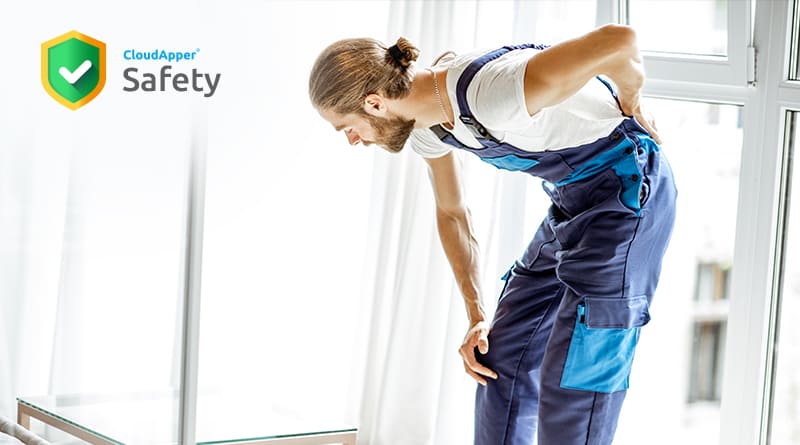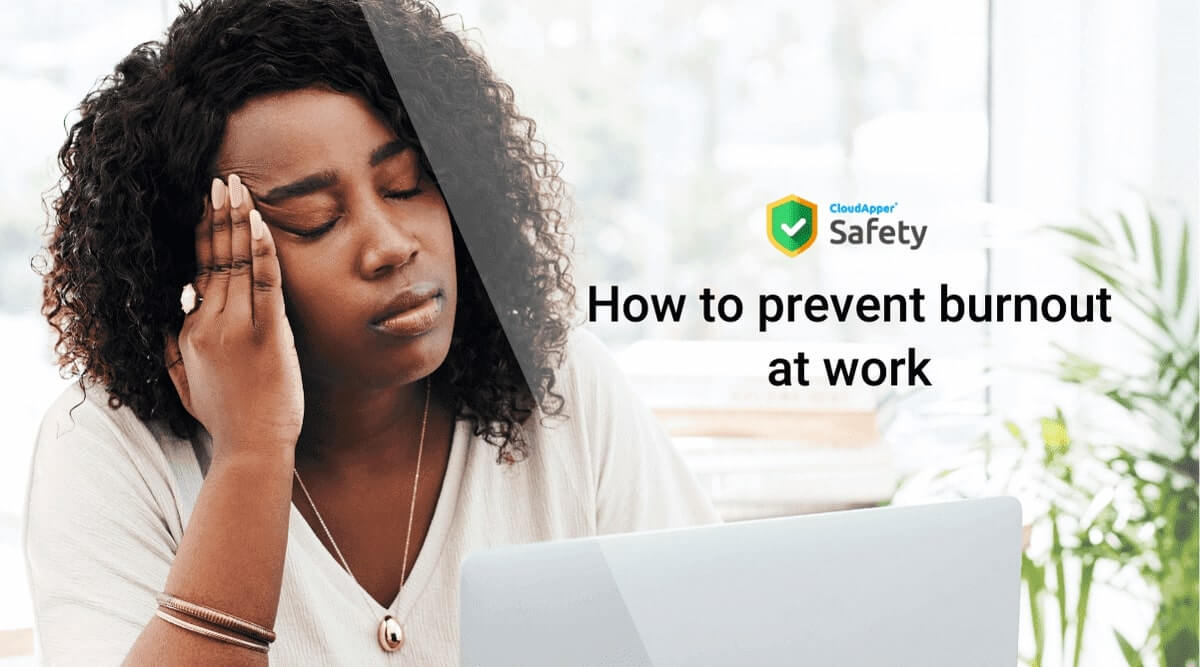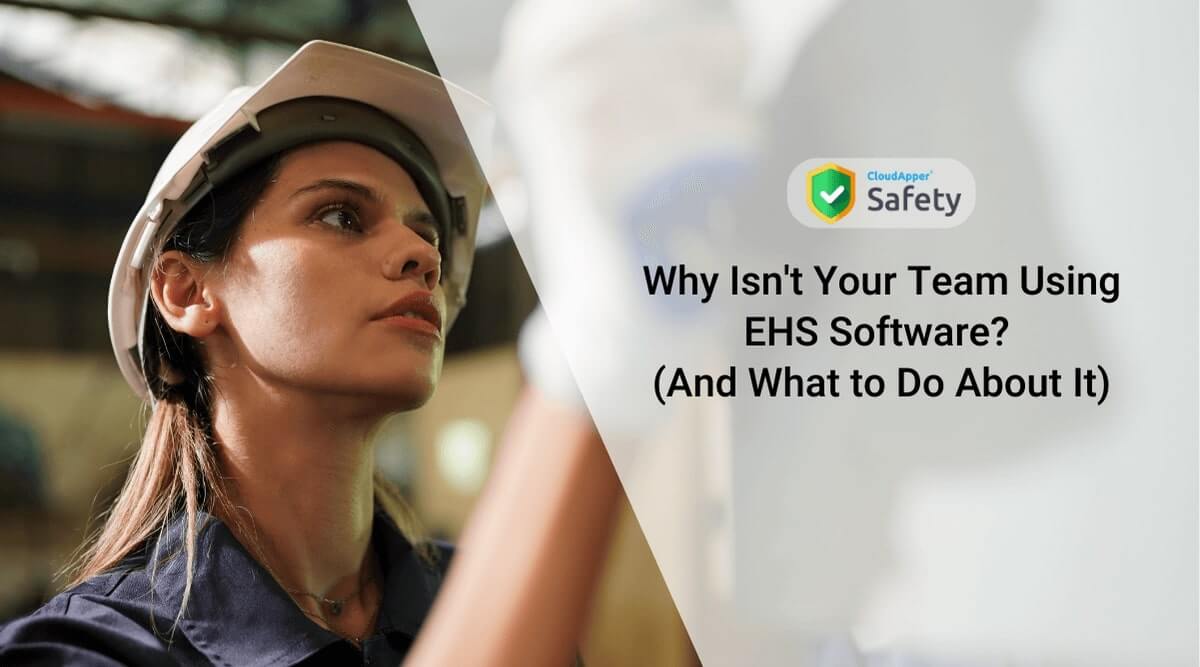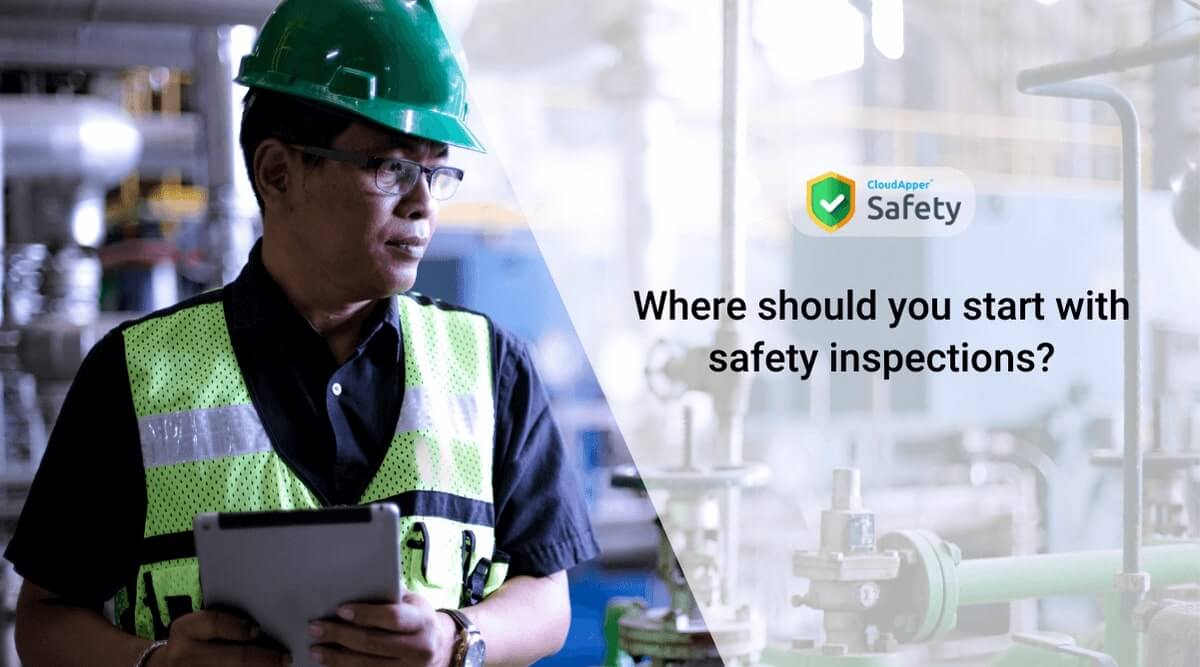Table of Contents
One of the most common reasons workers are off work is ‘a bad back’. Musculoskeletal (MSK) injuries to the spine are very easy to cause but can be difficult to treat. Many MSK injuries are caused by unsafe lifting and carrying practices. There is a reason why lifting and carrying unusually shaped objects is a popular event in strength competitions – it is very difficult to get the technique right. That’s why safe manual handling, lifting, pushing, pulling and carrying should be part of every company’s core workplace safety training and be regularly checked and reinforced.
Prevention is better than cure
Firstly, a company should aim to prevent as many lifting injuries as possible. This could be by the use of mechanical assistance such as hydraulic platforms or movers, or manually operated hoists or slings. It could be by safe stacking procedures to make sure trolleys, trays and pallets are not overloaded. Weight belts and lifting straps could be made available. A logical way of organizing stockrooms and warehouses should see the smaller, lighter items higher up, the ones which are used most often in the middle area, where they are most easily reached, and the boxes of surplus stock on the floor. For shorter workers, step stools or ladders should be available so they are not overstretching to reach something they need. Trolleys with a top shelf at just below waist height could be used when shelving popular goods, to prevent excessive bending and stretching. If the box the employee is unloading is at the same height as the shelf where the stock is to be stored that will reduce stress on the worker’s back as well as speed up the transfer process.
Mechanical moving assistance for lifting
Hospital workers and materials handlers are often at risk of sustaining back injuries. Even the slightest niggle can cause a worker to be off for weeks, and if it’s aggravated, this could stretch to months. Hospital porters routinely use bed movers to help wheel patients in their beds around the hospital, while nurses and support staff use hoists, slings and slider sheets to transfer patients to and from wheelchairs, beds or treatment couches. These items reduce the load on both staff and patients, lowering the risk of MSK injuries to both parties.
It is best practice to label every heavy item with the weight and whether it requires two people or a dolly to be safely transported. Dollies can help materials handlers and goods in or warehouse staff to move some unwieldy items alone, as the dolly can be maneuvered under the item and then raised. Forklift trucks are routinely used to lift and transport multiple items on pallets, allowing for quicker and easier unloading and stock replenishment.
With proper training and lifting equipment in place, workers should be at lower risk of suffering MSK or back injuries and needing time off work. Requiring that anything over a specified weight or size should only be moved by a team of two is good practice. Before any large item is moved, the route should also be cleared and those around made aware that a large item will be in transit. This will further lessen the chance of lifting injuries, slips, trips and falls.
Training in lifting and shifting is vitally important. Training resources come in all shapes and sizes including videos, DVDs, diagrams and practical training sessions where technique can be worked on. Continual reinforcement of safe technique is essential.
Workers with lifting injuries
In the worst case scenario, if a worker does injure themselves, it should be taken seriously. An MSK or back injury which is left untreated can worsen and lead to chronic pain and loss of mobility. Physiotherapists’ and clinicians’ advice should be heeded, and the employee should be signed off work for as long as is necessary to recover, with any required modifications to their job role made quickly on their return.
Use technology at all stages of the lifting process
Technology is not only of use when workers are actually moving goods or people around. It can also be handy to use technology to teach them the correct techniques and how to know their limits.
CloudApper Safety is one of several interlinked apps from the same provider, all of which aim to cut down on the administrative time and cost of lifting injuries for companies of all sizes. If the business chooses to use the app after that, the affordable cost per employee per month will assist them in enforcing mandatory training requirements, sharing best practice and recording and reporting if it goes wrong.
What is CloudApper AI Platform?
CloudApper AI is an advanced platform that enables organizations to integrate AI into their existing enterprise systems effortlessly, without the need for technical expertise, costly development, or upgrading the underlying infrastructure. By transforming legacy systems into AI-capable solutions, CloudApper allows companies to harness the power of Generative AI quickly and efficiently. This approach has been successfully implemented with leading systems like UKG, Workday, Oracle, Paradox, Amazon AWS Bedrock and can be applied across various industries, helping businesses enhance productivity, automate processes, and gain deeper insights without the usual complexities. With CloudApper AI, you can start experiencing the transformative benefits of AI today. Learn More


















